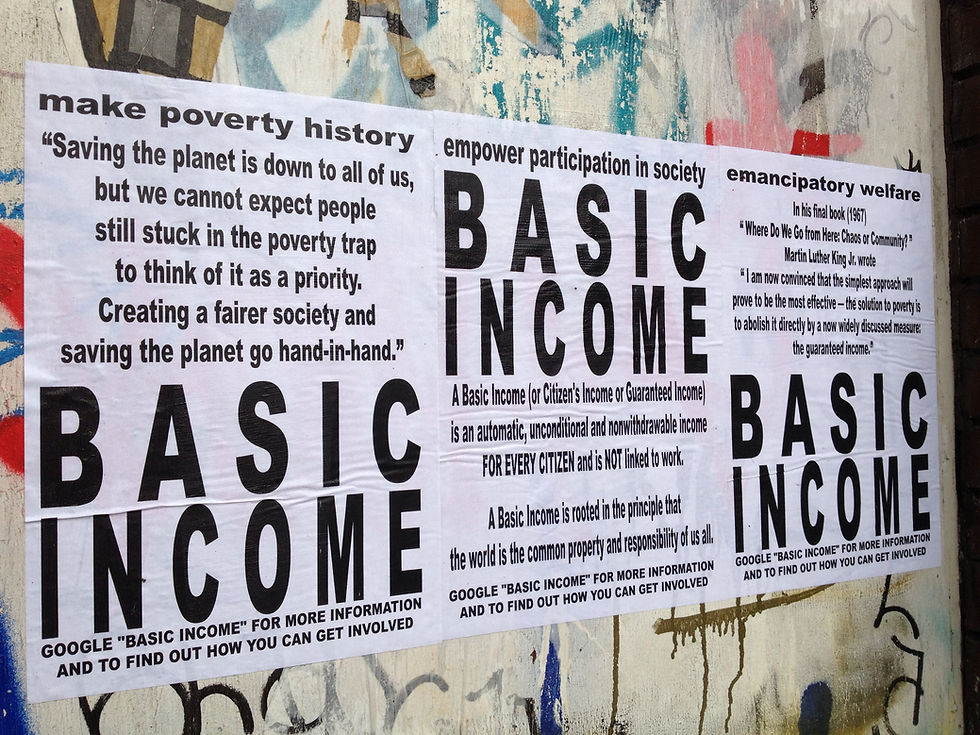Second COVID-19 Wave Hits Europe
- Oliver Lamb

- Sep 20, 2020
- 4 min read
Updated: Dec 23, 2024
Oliver Lamb writes about the prospect of a second coronavirus wave in Europe. After several months of lockdown, the recent relaxation of restrictions was welcomed by many. However, some countries are already enforcing partial lockdowns, while France and Spain have recorded daily case numbers of up to 10,000. As young people are blamed for the spread of disease, deaths are yet to drastically spike, while some religious tensions have been sparked.
Europe is staring down the barrel of a second wave of the coronavirus pandemic.
The first country to see signs of a resurgence was Spain, back in July. Daily case numbers there now equal their March peak of around 10,000. France followed about a month later; its daily case numbers are also now around 10,000 - double what they were at their peak. Belgium and the Netherlands have taken similar trajectories. Other countries, including the UK, Italy and Germany, have seen (so far) less dramatic but still noticeable increases. To that unhappy list can be added the countries that escaped the worst of the first wave, and thought they were out of the woods. Romania, Hungary, Croatia, the Czech Republic and Slovakia, which locked down as soon as they saw the devastation the pandemic was wreaking in Western Europe, are now seeing record case numbers.

The resurgence is believed to be driven by those in their 20s, 30s , and 40s. While older people have been more careful, some claim that young people – who are vastly less likely to die of the virus – have spent their post-lockdown summer ignoring social distancing guidelines.
It should be noted that greater testing makes direct comparisons with the previous peak difficult. Nevertheless, the size, speed and simultaneity of the rises across Europe leave no doubt that a second wave is underway.
One thing that puzzles experts is that the spike in cases has not been accompanied by a spike in deaths. One possible explanation is that new treatments – like dexamethasone, which noticeably cuts death rates among critically ill patients, combined with a greater understanding of how the disease works, has blunted the impact of coronavirus. Alternatively, the virus itself may have mutated into a less deadly form. A less rosy view posits that the discrepancy is down to most of the new cases so far being among the young.
In theory, a rise in infections without a rise in deaths is a good thing, because it means a buffer of immunity is being built around the vulnerable. The trouble is that it is extremely difficult to keep the virus within one demographic. Already, cases are creeping up within older age groups. Hospital admissions, though still a fraction of their levels of five or six months ago, are also increasing. On 16 September Spain reported 239 deaths, and, two days later, France reported 153. The daily toll during much of the summer sometimes did not reach double figures. The last thing anybody wants is a return to 1000 or more deaths a day.
Faced with that possibility, governments are considering a reimposition of restrictions. On 21 September, 850,000 people in Madrid will enter a partial lockdown. That follows similar curbs on freedom in other cities and regions across Europe. It is not a return to full lockdown – on the contrary, it is an attempt to halt the spread of COVID-19 before such measures become necessary.
The national lockdowns of the spring were economically and socially disastrous, and we are only just beginning to recover from them. Another blow to sectors that cannot rely on remote working, like the hospitality industry, might be fatal for many small businesses. Moreover, with the public already weary from six months of social distancing, there is no guarantee that new lockdowns would be so readily complied with.
European politicians are thus trapped between a rock and a hard place. On one side, ever-rising infections and deaths, with the potential, if left unchecked, to exceed the already appalling toll of the first wave; on the other side, a catastrophic second lockdown.
Crucial to plotting a path between the two will be testing. Identifying and isolating those with coronavirus and their close contacts is the best way to keep a lid on the pandemic without resorting to indiscriminate restrictions. Testing also enables epidemiologists and politicians to understand the shape of the pandemic. Unfortunately, testing infrastructure is under strain everywhere. On 16 September, staff at 20 clinics in southern France went on strike over the enormous pressures they are under, for what they say is little pay. In worst shape is Britain. Despite having one of the highest testing rates on the continent, availability is low in many areas, and results often do not come back until it is too late for them to be useful.
One country that has imposed a second lockdown is Israel. Since 18 September, residents must stay with a kilometre of their homes, while schools, restaurants, malls, gyms and other services have been closed. There is widespread public anger at the government’s failure to control the virus. Divisions have also opened up between religious and secular Israelis; secular Jews feel that the new restrictions overly cater to the needs of the pious, while the religious – especially ultra-Orthodox Jews – feel they have been scapegoated for the pandemic.

_edited.png)



Comments